Tag: ARDS
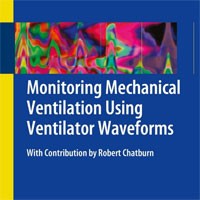
Monitoring Mechanical Ventilation Using Ventilator Waveforms
This book discusses the interpretation of mechanical ventilator waveforms. Each page shows a screenshot from a real patient and explains one or two messages. It starts with basic information about the waveforms and goes... read more
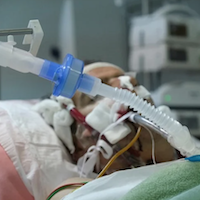
The impact of diabetes mellitus on morbidity and mortality in patients with COVID-19
During the COVID-19 pandemic, healthcare delivery was affected in various ways. For example, acute and chronic cardiovascular diseases (CVDs) and events were less frequently observed in hospitals, both because public health... read more

Fluid Therapy for Critically Ill Adults with Sepsis
Fluids are an important component of treating patients who are critically ill with sepsis. Although optimal fluid management in patients with sepsis remains uncertain, clinicians should consider the risks and benefits of... read more

Verticalization Therapy for ARDS Patients Receiving VV-ECMO
Persistent hypoxemia during veno-venous extracorporeal membrane oxygenation (VV-ECMO) for supporting acute respiratory distress syndrome (ARDS) patients is a clinical challenge for intensive care medical providers. Prone... read more

Mechanical Ventilation in Emergency Medicine
This book discusses mechanical ventilation in emergency settings, covering the management of patients from the time of intubation until transfer to the ICU. It provides an introduction to key concepts of physiology pertinent... read more
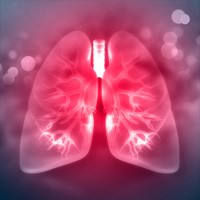
Barotrauma Rate Is 25% in ARDS Patients Receiving ECMO
Patients with acute respiratory distress syndrome (ARDS) receiving mechanical ventilation have a high risk of barotrauma, which often has poor prognosis and high mortality. Although ECMO should theoretically protect patients... read more
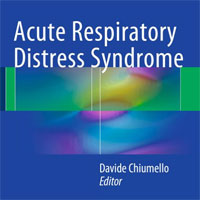
Acute Respiratory Distress Syndrome
This book covers all clinical aspects of acute respiratory distress syndrome (ARDS), from definition to treatment, focusing on the more recent recommendations and evidence-based medicine. The addressed topics are the... read more
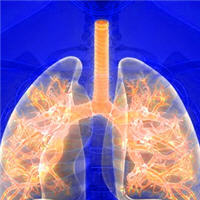
Cardiovascular Subphenotypes in ARDS
Latent class analysis (LCA) of transthoracic echocardiography (TTE) parameters identified four cardiovascular subphenotypes in acute respiratory distress syndrome (ARDS) that more closely aligned with circulatory failure... read more
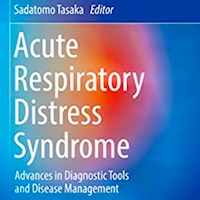
Acute Respiratory Distress Syndrome: Advances in Diagnostic Tools and Disease Management
Divided into thirteen chapters, this book provides a wealth of research-oriented findings and practical guidance, ranging from the definition, epidemiology and pathophysiology, to the diagnosis and management of the disease.... read more

Emergency Department Crowding Impact on Lung Protective Ventilation
Obtaining definitive control of the airway, when indicated, is the responsibility of the emergency medicine physician. Traditionally patients were managed on the ventilator with lung volumes of 10 – 15 ml/kg. However,... read more

Polymorphism in Interferon Alpha/Beta Receptor Contributes to Glucocorticoid Response and Outcome of ARDS and COVID-19
The distribution of this SNP within clinical study arms may explain the contradictory results of multiple ARDS studies and outcomes in COVID-19 concerning type I IFN signaling and glucocorticoids. We found a novel disease... read more
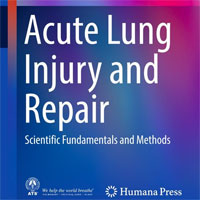
Acute Lung Injury and Repair: Scientific Fundamentals and Methods
Acute Respiratory Distress Syndrome (ARDS) remains an important cause of morbidity and mortality worldwide, and the incidence is predicted to increase with the aging population. Several clinical disorders can initiate... read more

Heterogeneity in Pediatric ARDS: Challenges and Complexities in Diagnosis and Treatment
Pediatric intensive care physicians are well-acquainted with the concept of heterogeneity, as the patients, pathologies, and treatments they encounter can vary greatly both within the pediatric intensive care unit and within... read more

Pronation Improves Respiratory Outcomes in Neonates with Respiratory Failure
This study found that 6-hour periods of pronation (lying on the stomach) can improve gas exchange and lung function in neonates (newborn infants) with three types of respiratory failure, without causing any negative effects... read more




